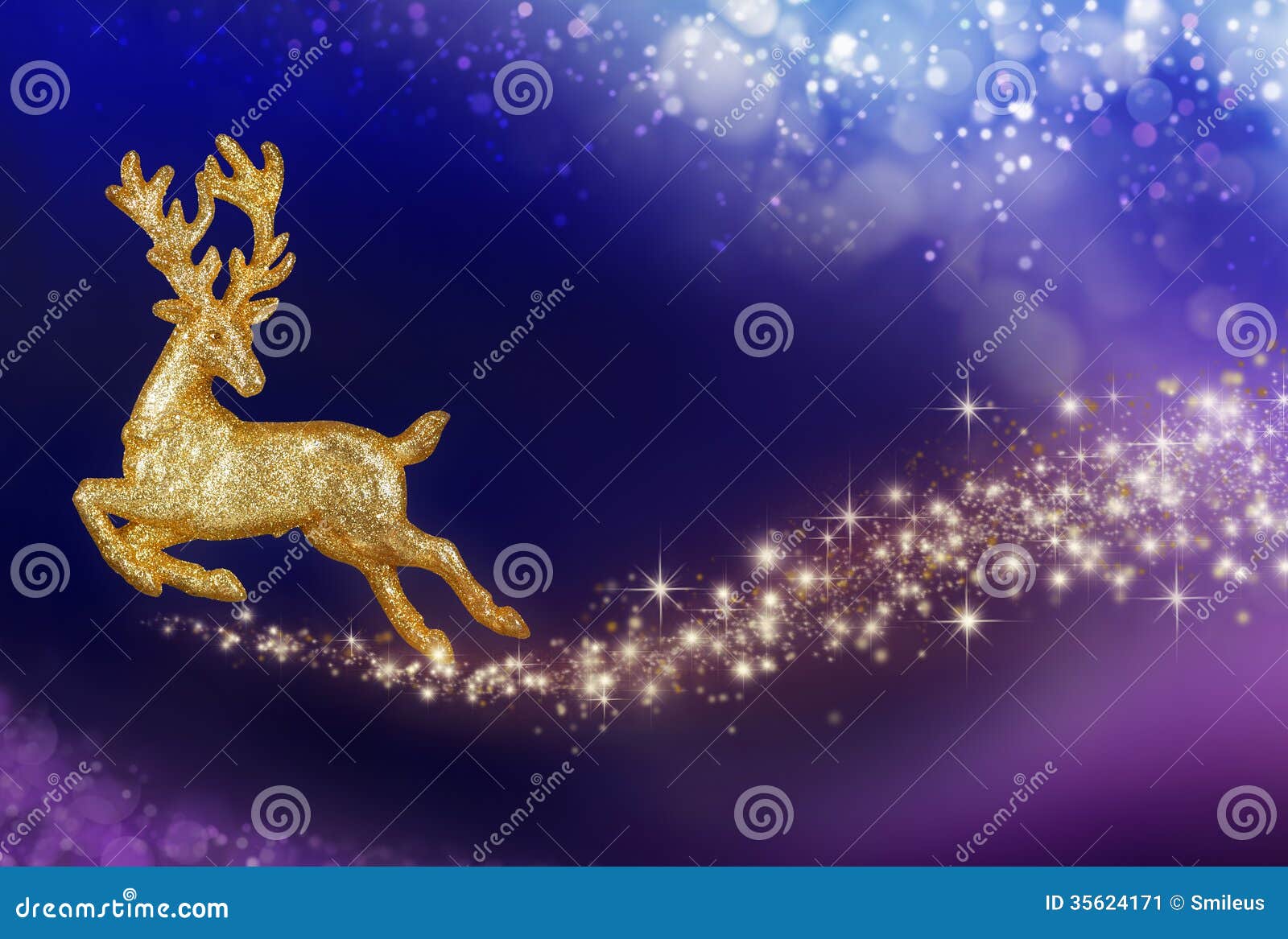The Enduring Appeal of the Christmas Reindeer: A Symbol of Magic, Generosity, and Festive Joy
Related Articles: The Enduring Appeal of the Christmas Reindeer: A Symbol of Magic, Generosity, and Festive Joy
Introduction
In this auspicious occasion, we are delighted to delve into the intriguing topic related to The Enduring Appeal of the Christmas Reindeer: A Symbol of Magic, Generosity, and Festive Joy. Let’s weave interesting information and offer fresh perspectives to the readers.
Table of Content
The Enduring Appeal of the Christmas Reindeer: A Symbol of Magic, Generosity, and Festive Joy

The image of reindeer pulling Santa Claus’ sleigh is one of the most recognizable and beloved symbols of Christmas. This iconic image, deeply ingrained in popular culture, transcends geographical boundaries and cultural differences, bringing a sense of wonder and joy to millions worldwide. But what makes the reindeer so special, and why has it become such a powerful symbol of the Christmas season?
A Deep-Rooted History: The Reindeer’s Connection to Winter and the North
The reindeer’s association with Christmas stems from its natural habitat and the folklore surrounding it. Reindeer are native to the Arctic regions of the world, specifically the northern parts of Europe, Asia, and North America. These animals are particularly well-suited to the harsh winter conditions, possessing thick fur coats and specialized hooves that allow them to navigate snowy terrain with ease.
In Norse mythology, the reindeer was closely linked to the god Thor, who used them to pull his chariot across the sky. This association cemented the reindeer’s connection to the winter solstice, a time when the days grow shorter and the nights grow longer. The reindeer, with its ability to thrive in the cold and navigate the darkness, became a symbol of resilience and strength in the face of winter’s harshness.
The Arrival of Santa Claus: The Reindeer’s Transformation into a Symbol of Generosity
The image of Santa Claus, as we know it today, emerged in the 19th century, popularized by the writings of Clement C. Moore and illustrator Thomas Nast. In Moore’s famous poem, "A Visit from St. Nicholas," Santa’s sleigh is pulled by eight reindeer: Dasher, Dancer, Prancer, Vixen, Comet, Cupid, Donner, and Blitzen. This solidified the reindeer’s role in the Christmas tradition, transforming it from a symbol of winter’s resilience to a symbol of generosity and magic.
The reindeer, now associated with Santa Claus, became synonymous with the spirit of Christmas: the joy of giving, the anticipation of receiving, and the magical feeling that permeates the season. Their swiftness and ability to travel through the night, delivering gifts to children worldwide, further cemented their image as magical creatures, capable of bringing happiness and wonder.
The Enduring Appeal: Why the Christmas Reindeer Remains Relevant
The Christmas reindeer’s enduring appeal lies in its ability to evoke a sense of nostalgia, wonder, and joy. The image resonates with people of all ages, reminding them of the magic and innocence associated with childhood Christmases. The reindeer, with their playful names and whimsical nature, offer a welcome escape from the often-stressful holiday season.
Furthermore, the reindeer’s association with Santa Claus and the act of gift-giving reinforces the positive emotions associated with Christmas. The reindeer symbolize the generosity and kindness that are central to the holiday spirit. They represent the joy of sharing, the excitement of receiving, and the belief in the power of good.
Beyond the Icon: The Importance of Reindeer Conservation
While the Christmas reindeer icon is a cherished part of the holiday tradition, it’s important to remember that these animals are real creatures facing challenges in the wild. Climate change, habitat loss, and overgrazing are impacting reindeer populations worldwide.
The image of the Christmas reindeer serves as a reminder of the importance of protecting these majestic animals. By appreciating their role in the natural world, we can contribute to their conservation and ensure that future generations can enjoy the magic and wonder they embody.
FAQs about the Christmas Reindeer Icon:
Q: What are the names of Santa Claus’ reindeer?
A: Santa Claus’ reindeer are named Dasher, Dancer, Prancer, Vixen, Comet, Cupid, Donner, and Blitzen.
Q: Why are reindeer associated with Christmas?
A: Reindeer are associated with Christmas due to their connection with winter, their ability to navigate snowy terrain, and their mythological association with the god Thor.
Q: Are reindeer real?
A: Yes, reindeer are real animals native to the Arctic regions of the world.
Q: What are some of the challenges facing reindeer populations today?
A: Reindeer populations face challenges from climate change, habitat loss, and overgrazing.
Tips for Incorporating the Christmas Reindeer Icon:
- Decorate your home with reindeer-themed ornaments and decorations.
- Read Christmas stories featuring reindeer, such as "A Visit from St. Nicholas" or "Rudolph the Red-Nosed Reindeer."
- Watch classic Christmas movies featuring reindeer, such as "Rudolph the Red-Nosed Reindeer" and "The Santa Clause."
- Share the story of the Christmas reindeer with children, emphasizing the importance of generosity and kindness.
Conclusion:
The Christmas reindeer icon is a powerful symbol of the holiday season, representing magic, generosity, and joy. Its enduring appeal stems from its connection to winter, its association with Santa Claus, and its ability to evoke feelings of nostalgia and wonder. While enjoying the magic of the Christmas reindeer, it’s important to remember the importance of reindeer conservation and the challenges they face in the wild. By appreciating their role in the natural world, we can contribute to their well-being and ensure that future generations can continue to enjoy the magic and wonder they embody.








Closure
Thus, we hope this article has provided valuable insights into The Enduring Appeal of the Christmas Reindeer: A Symbol of Magic, Generosity, and Festive Joy. We appreciate your attention to our article. See you in our next article!